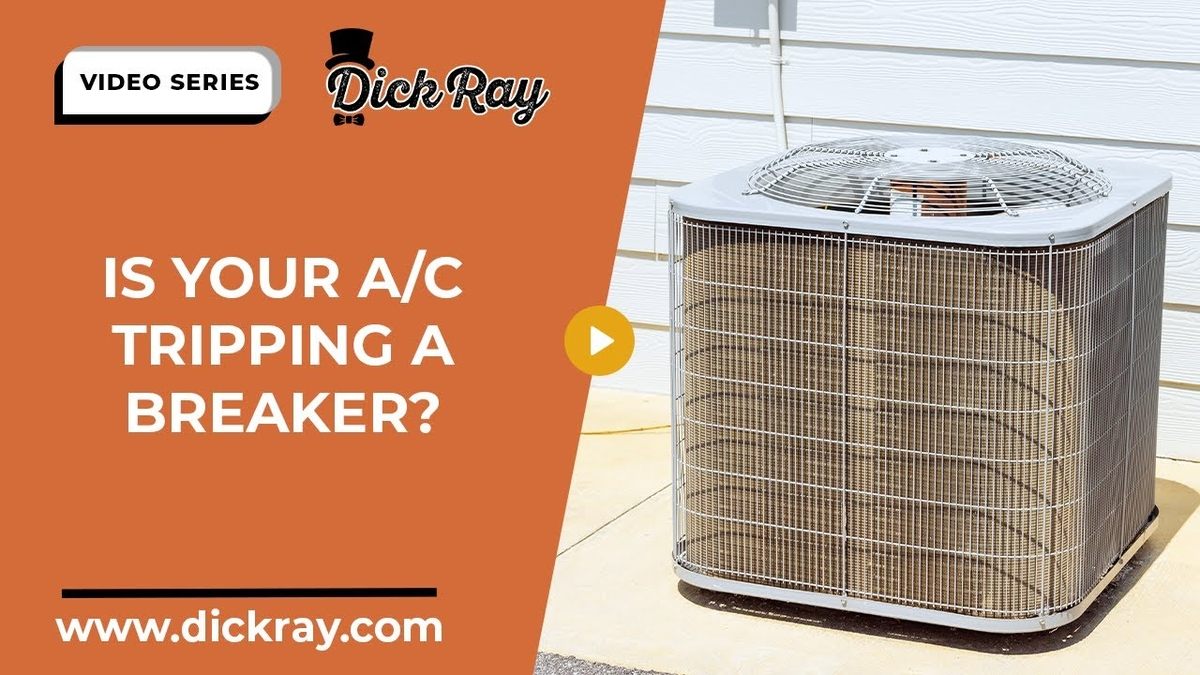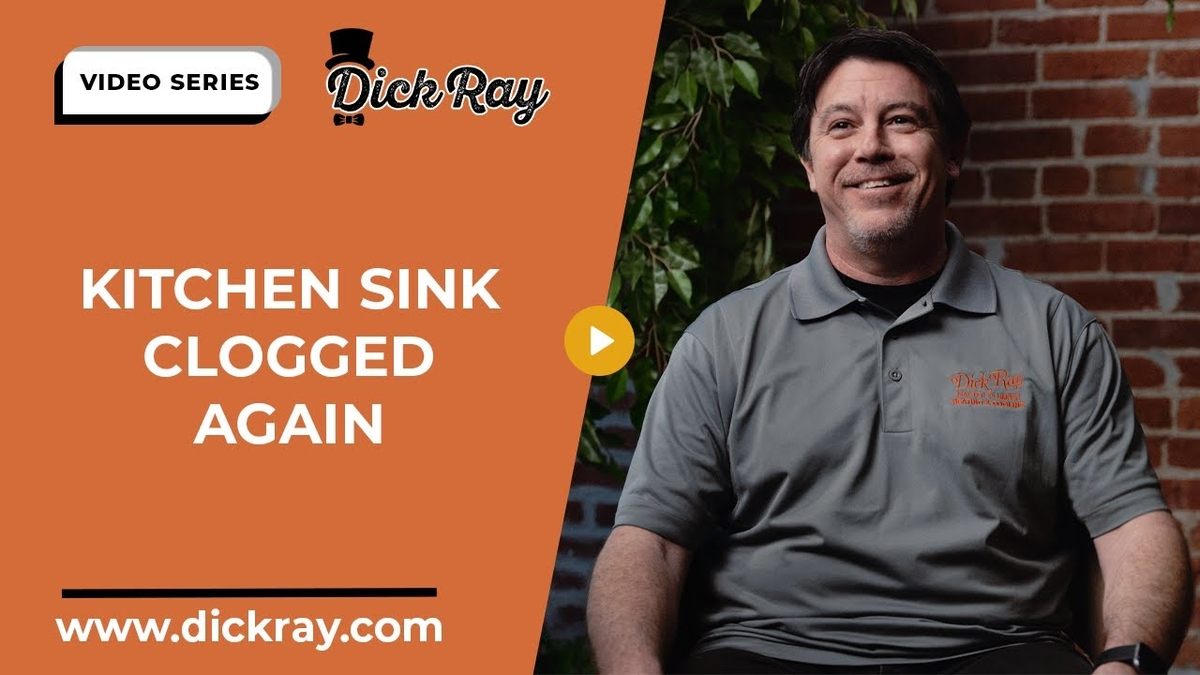Most modern homes have a dishwasher in the kitchen that helps make washing the dishes more convenient. This common household appliance is easy to use, but it contains multiple components that can stop working. It can develop various issues over its lifespan, but most of the time, it’s easy to fix.
If you try to troubleshoot any of these dishwasher problems yourself, you should unplug it so that you don’t get hurt. Once you know why the appliance isn’t draining, or your dishes aren’t coming out clean, you can call a professional plumber and have them inspect and repair it. Explore these troubleshooting tips to understand when to replace or repair your dishwasher.
1. Your Dishes Are Not Coming Out Clean
The dishwasher should wash your dishes, but if it’s not working correctly, you may still have residue on your kitchenware. Dirty dishes after a washing cycle is a fairly common problem, but it’s frustrating to rinse them in the sink. Make these adjustments to your appliance to clean your plates:
- Load your dishwasher correctly: If you overload your dishwasher, the system can’t clean all the dishes efficiently. Check the instructions from the manufacturer to find out the proper way to load the appliance.
- Keep the spray arm clear: The spray arm rinses your dishes and utensils by spinning around and releasing water throughout the unit. If a knife or plate is in the way, the water can’t reach your other dishware.
- Use the proper detergent: Instead of using dish soap like you would in the sink, you can use powder, pods or liquid cleaner. Check the manufacturer’s instructions for the recommended detergent you should be using to wash your dishes.
- Treat your hard water: The minerals in hard water can leave white streak marks on your glass cups and bowls. Treat your water or use an additive in your dishwasher to remove the debris in your water.
- Adjust the water temperature: Make sure the temperature is high enough to remove the germs and grime from your dishes. Check the manual for tips on what setting to use for your dishwasher depending on the stains on your kitchenware.
- Clean the spray arm: If the part that rinses your dishes is dirty, your kitchenware might not come out clean. Twist the spray arm to make sure that it spins, and check the spaces in and around it for debris. If you remove it and rinse it in the sink, check the wire baskets underneath it for grime and stains.
- Clean the float switch: Food residue can cause the float to stick in the raised position, preventing the tub from filling. The dishwasher won’t clean the dishes thoroughly if the water doesn’t reach the right level. Take out the float switch in the front of the tub, and use a small, flexible brush to clean it.
- Clean the valve screen: If the intake valve screen is clogged or dirty, the water level will be low during the dishwashing cycle. This part of the dishwasher is hard to retrieve because it involves turning off the electricity and water supply.
- Clean or fix the soap dispenser: A working soap dispenser sends detergent to your dishes at just the right time in the cycle to get them cleaned. If the dispenser door is jammed or dirty, you can use a small brush with hot water and vinegar to clean it and the springs.
As an expert in the plumbing industry, Dick Ray Master Plumber Heating & Cooling offers water conditioning services to get rid of the minerals in your hard water and keep the white streaks off your glasses. We can also inspect and clean your dishwasher to find out why your dishes aren’t coming out clean. We have experience working with electricity and water supply lines, so we’d prefer to handle them instead of having you get hurt or break your appliance.
2. Your Dishwasher Door Is Leaking
Your dishwasher could leak through the front door and onto a puddle on the floor. If you have a pool of water coming from your machine, consider making these changes:
- Reduce the suds: The wrong detergent could develop excessive suds in the machine, sending water and soap out through the door. Try using less detergent or changing the brand to stop the leaks.
- Load your dishwasher correctly: If you don’t put your dishes in the right way, water can spill through the door vent. Check the manual to find out how to load your appliance effectively.
- Replace the door gasket: Leaks from the door itself are usually the result of a faulty door gasket or tightness. You can try cleaning it with an all-purpose cleaner and a sponge. If you notice any signs of damage, you should contact your local plumber to replace it.
- Adjust the dishwasher’s elevation: The dishwasher needs to be even on the floor so that the water can drain properly. Set a level on the door while it’s open and adjust the front feet up or down.
- Repair or replace the hose: If you run the dishwasher and don’t see water under the door, loosen the lower front panels and inspect the hose for leaks. An expert plumber can replace a component that has holes or rips in it.
- Replace the pump seal: Run the dishwasher and inspect under the door for drips. If the pump seal isn’t putting a tight seal on the door, you’ll have to replace it.
Align the latch plate: Test the tightness of your door by closing it and latching it. If the door is too loose, contact a professional to adjust the latch plate on the top of the frame in small increments. - Replace the float switch: If the float switch doesn’t prevent the dishwasher from overfilling and leaking, it may malfunction. You should call a professional to replace this critical component.
- Replace your dishwasher: Old dishwashers could develop corrosion at the bottom and leak water onto the floor. If you’ve had your dishwasher longer than the average dishwasher life expectancy, you should consider replacing it.
At Dick Ray Master Plumber Heating & Cooling, we can inspect your appliance and give you recommendations about when to replace your dishwasher and repair the various parts. We can also maneuver your heavy appliance and make sure it’s level if you don’t feel comfortable moving it yourself.
3. Your Dishwasher Isn’t Starting
If your dishwasher doesn’t start, even when you press the button to start the cycle, you can try a few different things before calling a professional to help you. Inspect these components to find out why your dishwasher might not be starting:
- Check the power source: The dishwasher should have a circuit on your electrical panel. Check that the power is on and the door latches. If you still don’t see any activity, unplug the dishwasher, plug it back in and call a professional plumber if resetting it doesn’t fix it.
- Manually spin the motor: If you haven’t used the dishwasher in a while, the motor might stick. It might make a humming sound but won’t run. Fixing this component requires you to turn off the power supply, remove the lower panel and spin it by hand. You might need to have the motor replaced if spinning it doesn’t help.
- Repair or replace the sewer line: If you live in an older home, you may have an old sewer line that can’t accommodate your dishwasher. The appliance may work in the beginning, but after a while, it can start having problems. You would know if you have a problem with your sewer lines if you smell unpleasant odors or experience slow drainage in other areas.
- Repair the door latch switch: Your dishwasher’s door latch holds the door closed during the cycle so that water doesn’t leak out. The appliance cannot function unless the door latches. To diagnose this issue, you could test your door latch to make sure it opens and closes properly. If it does and you’re still having problems, an expert in the plumbing industry can check its connectivity to the power source.
- Replace the timer: During a cycle, your dishwasher first drains to get rid of any standing water. If the drain pump motor isn’t running, the timer might be broken or disconnected. This component controls the washing and drying cycles, but if the appliance doesn’t start, you’ll need to replace the timer.
- Firmly press the selector switch buttons: You use the selector switch to choose the settings for your dishwasher cycle. If you don’t push the selector buttons hard enough or the switch breaks, it won’t initiate the sequence. Make sure you firmly press the buttons before calling a professional to check the electrical connection.
- Replace the motor start relay: Your dishwasher might have a component on the main pump motor that powers the motor start windings. If the appliance doesn’t turn on and you know you have energy going into it, you might need a new motor start relay.
- Replace the thermal fuse: Electronic-controlled dishwashers often use a thermal fuse to guard the control board. If it fails, the control board won’t have power, and the dishwasher won’t start, so you’ll need to replace the fuse.
- Replace the drive motor: The drive motor circulates the water and washes your kitchenware. If you’ve discovered that the timer and the start relay work, but the dishwasher still doesn’t start, your drive motor may be defective. In that case, you’ll need a replacement drive motor.
- Turn off the child lock: Your dishwasher may come with a child lock that you activate by pressing a code of buttons. Without knowing it, you may have accidentally turned on the child lock. Check your manufacturer’s instructions to find out how to turn off the child lock.
If you’ve tried all these troubleshooting methods but can’t seem to get your dishwasher to work, the problem might be a more complex issue. Contact Dick Ray Master Plumber Heating & Cooling to inspect your appliance and figure out a solution. We will clean and check your drain lines so that your dishwasher runs appropriately.
4. Your Dishwasher Keeps Filling
The dishwasher is one of the most significant sources of energy consumption, and if it keeps filling during the cycle, it’s wasting water. Fix these components that could be preventing the water in your appliance from stopping:
- Replace the float switch: A faulty float switch could cause leaks because it’s not signaling the dishwasher to stop the water. Replacing the switch should prevent the tub from filling even when it’s full.
- Replace the timer: The timer makes sure each component works at the proper time during a cycle. If the timer is stuck, replace it to make sure the cycle continues after filling.
- Replace the water inlet valve: If you have hard water, a buildup of calcium deposits could keep the water inlet valve stuck open. Replace your water inlet valve as soon as possible to prevent flooding and unnecessary use of water. You should also consider treating your hard water to reduce calcium deposit accumulation in the future. Dick Ray Master Plumber Heating & Cooling has the necessary experience to replace any components you don’t feel comfortable changing. We can also treat your hard water so that calcium deposits don’t build up in your appliances.
Dick Ray Master Plumber Heating & Cooling has the necessary experience to replace any components you don’t feel comfortable changing. We can also treat your hard water so that calcium deposits don’t build up in your appliances.
5. Your Dishwasher Is Not Draining
Remove the standing water from your dishwasher and inspect your appliance for the following reasons why the dishwasher might not be draining:
- Replace the pump: The pump sends water out of the unit, but debris could be blocking it and keeping water inside. If you clean the pump and it still doesn’t work, you’ll have to replace it.
- Clear the drain hose: You would know if you have a clogged drain hose if dirty water comes out of the air gap or if the kitchen sink backs up. This issue is common if you’ve recently installed a garbage disposal or if the hose connects to the main household drain line. Make sure you removed the knockout plug for the dishwasher when you installed the garbage disposal.
- Replace the belt: If your dishwasher uses a belt, it powers the pump assembly and drains the tub. Replace this component if it looks damaged or worn.
- Replace the timer: If the timer isn’t working correctly, the dishwasher might not know when to drain the water. Once you replace the timer, the appliance should be able to remove the excess moisture.
- Replace the motor: The motor powers your dishwasher and affects its ability to drain the tub. If your motor isn’t working, you should get it replaced.
- Replace the drain valve or solenoid: If your dishwasher has a drain valve and solenoid, these components work together to eliminate the standing water in the tub. The solenoid sends a signal to open the valve so that water can drain. If the timer is working correctly, the issue might be your drain valve or solenoid, and you would need to replace them.
Standing water in your dishwasher can be dangerous for your appliance and your property. Dick Ray Master Plumber Heating & Cooling knows how to clear the clogs out of a drain hose and repair other issues that might be keeping your dishwasher from draining. We’ll inspect your appliance and ensure that no clogs or worn parts are causing the water to stay inside the tub.
Standing water in your dishwasher can be dangerous for your appliance and your property. Dick Ray Master Plumber Heating & Cooling knows how to clear the clogs out of a drain hose and repair other issues that might be keeping your dishwasher from draining. We’ll inspect your appliance and ensure that no clogs or worn parts are causing the water to stay inside the tub.
Call Dick Ray Master Plumber Heating & Cooling to Repair Your Dishwasher
When it comes to fixing or replacing your dishwasher, it’s often best to consult a professional. Dick Ray Master Plumber Heating & Cooling has served the Kansas City area since 1949. We’re committed to applying our experience and customer-first attitude to provide solutions for your plumbing problems.
Besides dishwasher repair, we also offer sewer line repair, water heater repair, heating and cooling and bathroom remodeling. If your dishwasher breaks after hours, we provide emergency repair services to prevent dangerous flooding. Whether you need to fix or replace your dishwasher, let our experts at Dick Ray Master Plumber Heating & Cooling help you. Schedule an appointment online or call us today at (913) 214-8770.







